African American Presence in
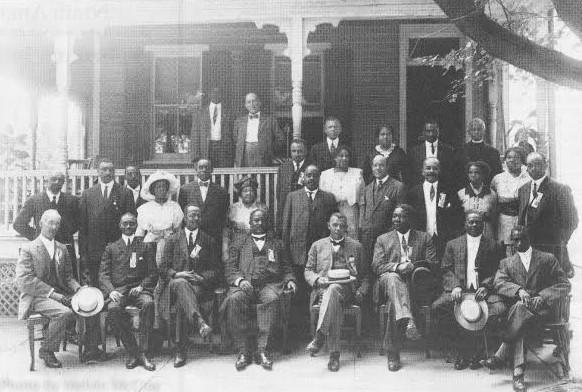
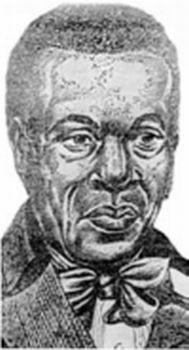

The Pictures on the front depict prominent Black People that are part of the rich history of Princeton, NJ. The picture on the left is John Chavis. John Chavis was born in 1763. He is believed to be the first African American College Graduate in the United States. He was a soldier in the revolutionary war and was taught by John Witherspoon at The College of New Jersey (which was the original name of Princeton University). He graduated in 1802 from Washington College now known as Washington and Lee University. He was the first African American ordained minister of the presbyterian church.
The picture on the right has Booker T. Washington in a 1916 Princeton, New Jersey photo sitting in the center in front of what many believe to be 20 Green Street, a home slated for demolition in the 2016 version of the gentrification of the town's black community.
Albert Hinds lived on Quarry street and later on the tour you will see the home he lived in, which is on John Street. He attended Mount Pigsah AME church. He attended the Witherspoon school for colored children. Mr. Hinds could be found in this part of Princeton and was a fixture in this community until he died at the age of 104 in 2006.

First stop on our tour is our starting point, Albert Hinds was a special person here in Princeton. The walking tour and this plaza is named in his honor. #38 on your map
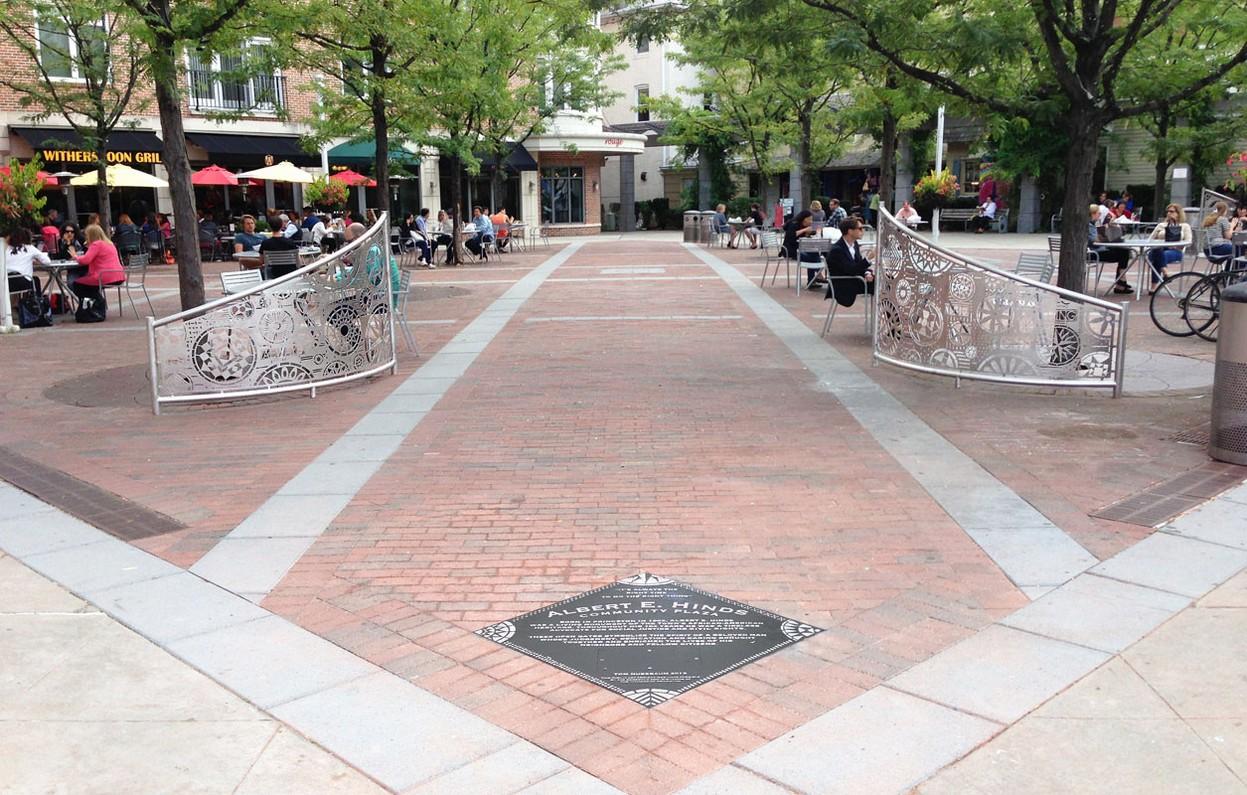
Fun fact: I had the pleasure of getting to know Mr. Hinds. His wife was my professor at Talladega College in Talladega, Alabama. He too is an alumnus of Talladega. He was retired and would frequently come to Talladega during the school year.

Christine Moore owned a beauty salon at 6 Spring street. Her father had a used clothing store and antique store at #4 Spring street. as well. Which is show in the picture above. # 39 on the tour map.


 William Drew Robeson (1845-1918) and Maria Louisa Bustill Robeson (18531904). Rev. Robeson was minister at the Witherspoon Street Presbyterian Church. They were the parents of Paul Leroy Robeson (1898-1976) the African American concert singer and actor, scholar-athlete who graduated from Rutgers University. Paul Robeson is buried in New York. They are buried in the White Cemetery, not the ”colored cemetery.
William Drew Robeson (1845-1918) and Maria Louisa Bustill Robeson (18531904). Rev. Robeson was minister at the Witherspoon Street Presbyterian Church. They were the parents of Paul Leroy Robeson (1898-1976) the African American concert singer and actor, scholar-athlete who graduated from Rutgers University. Paul Robeson is buried in New York. They are buried in the White Cemetery, not the ”colored cemetery.
Christine Moore Howell was born in 1899 in Princeton, NJ. She was the first African American student to graduate from Princeton High school/ She studied chemistry in Paris and when she returned she formulated a line of cosmetics.

She married Dr. Edward Gaylord Howell in 1924.
In 1935 Harold Hoffman, Governor appointed her to the New Jersey Board of Beauty Culture control, of which she was Chair.
This is what is currently where Tadlock’s restaurant was. Mr. Tadlock served soul food and it was a favorite of many of the Princeton University students .This #26 on the tour

This is the gate to the “colored cemetery. #22 on the heritage tour.


This was the site of Ms. Vann’s ice cream parlor. She sold ice cream from a large freezer that was in the back room of her house. Many Black businesses operated out of their home. This is #25 on the tour

Allen’s Bar was owned by Pearl Allen Moore. The tavern opened in WWII and was a popular spot for the residents until the 1950s. In the summer it was frequented by migrant workers from farms in Hightstown and Cranbury. #27 on tour

Mack’s Barber shop was at this site. It opened in 1935 and run by Claude Mack. His nephew ran it until he became ill in 1971. James Mack another nephew opened another barbershop on John street. #28 on tour map

Mama John’s restaurant. This was a hang out or juke joint. This site housed two other restaurants over the years. It was a rotisserie and restaurant owned by the Smith Brothers. #29 on the tour

Allen’s Bar was owned by Pearl Allen Moore. The tavern opened in WWII and was a popular spot for the residents until the 1950s. In the summer it was frequented by migrant workers from farms in Hightstown and Cranbury. #27 on tour


This is Mount Pigsah AME church. It is #24 on your tour map. Named after a mountain ridge in ancient Palestine mentioned in the Old Testament, this 1832 Methodist Church, at the corner of Witherspoon and Maclean Streets, is the oldest of the four colored churches in Princeton. Organized by Samson Peters, a preacher in the Trenton AME Church, the congregation met in a frame house on Witherspoon Street until 1835, when the first church building was constructed. The present structure was built in 1850. A tiny cemetery in the yard has tombstones dating back to the 1850s. In 1971, Rev. Leon Gibson, Sr. felt his greatest contribution to the church was his role in keeping the family of Mt. Pisgah together in the face of the high cost of living, scarce housing, fewer jobs, and an aging population. #24 on the tour.

The first church established in Princeton, NJ, Mt. Pisgah African Methodist Episcopal Church was organized in 1832 by Samson Peters, a local preacher of Trenton AME church. The first place of worship was in a little frame schoolhouse on Witherspoon Street near the present location. The church was built on land purchased from Samuel Bayard in 1839 for the sum of $75. There is a strong possibility that the agreement for the purchase of the the land was in effect as early as 1835 and payment was completed in 1839. The corner stone bearing the date of “1835” was purchased by the Reverend Richard Robinson. After a fire, the present church was rebuilt. The foundation was constructed under the jurisdiction of Reverend Spencer Logan. Reverend Theodore Gould was the pastor in 1860 at the time the church was completed.
The first parsonage purchased in 1877 was located on Jackson Street. The Trustees purchased this property for the sum of $1000. It is believed that the Reverend T.M. Steward was the pastor when it was purchased.
In 1908 the parsonage property on Jackson Street and the church property were mortgaged for the sum of $4000 to secure money for building. The mortgaged was transferred to the builder. The Sheriff purchased the mortgage. Then the Sheriff held a sale and both properties were purchased by Mr. William Moore. In 1923 the Trustees repurchased the properties for $1 from Mr. William Moore’s heirs.

Originally Douglass Hall. Douglass Hall was built in 1878 to house Princeton’s black pubic school. In the 1870s, the Princeton Board of Education planned the construction of a public school for African American students. It purchased this vacant lot from Killoren in 1873 for $400. The school house was constructed in 1878. Prior to this time, the AME and Presbyterian Churches both operated schools for their youth. The most famous student to attend the school was Paul Robeson. African American students attended school here until 1910, when the Witherspoon School was constructed on Quarry Street. #23 on the tour.


This building was called the Clay Street Learning Center, a building used by Princeton Young Achievers to tutor and mentor elementary aged students, and as a center for community activities and events. It is now the Henry Pannell Center, named after Mr. Henry Pannell, who grew up in Princeton, was the Supervisor of the Housing Authority Maintenance and built this structure. # on the tour.

The original church was founded in 1941. The bigger church pictured above was built in 1952. This is #19 on the tour.



The Elks Lodge is #18 on the tour

This was a preschool opened by Margaret Matthews for colored children whose parents worked as laborers and domestics. The school was the only school integrated in 1929. Italians and Black students attended the school together. Mrs. Moss, who was the school nurse, was the first Black student to graduate from Johns Hopkins school of nursing and her son Simeon was the first Black student to receive his masters in History in the 1940’s . This is #14 on the heritage tour

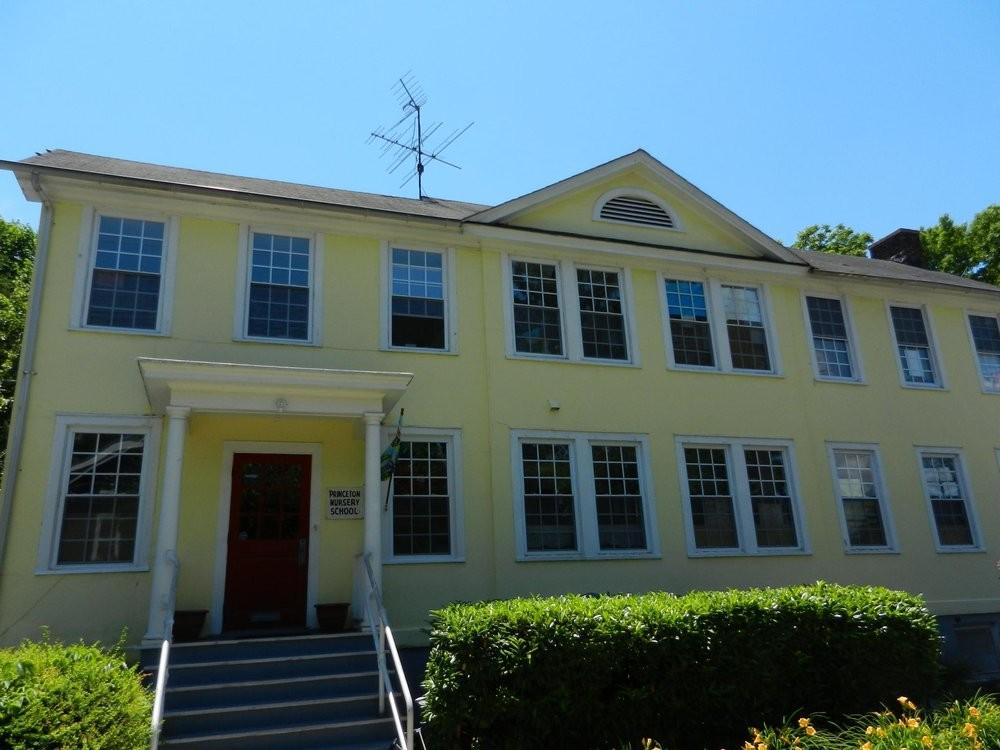
Hailing from Italy, the Bovino family provided residents of the Witherspoon-Jackson neighborhood with two food stores specializing in produce, meat, and poultry. Pictured in front of Bovino’s Market (owned by James) in 1933 are Louis and Joe Bovino with Mary (Bovino) Matticola. Lou’s Market operated at 48 Leigh for almost a quarter century, closing when Louis and his wife retired in 1969.

In the 1930s to 1960s, these buildings, at the corner of Leigh Avenue and John Street were grocery stores, candy stores and restaurants owned by black, Italian, Jewish and Greek families. The residents in this community patronized these stores because the stores on Nassau Street did not welcome black customers.
In the 1930s and 40s there was a grocery store owned by Mr. Irvin Ferrar. Frederick and Doris Burrell purchased the building in 1943. Doris started a beauty parlor, and in later years she added a fashion boutique, conducted Yoga classes, and provided nutrition information for her clients. Fred opened a florist shop, where he supplied flowers and plants for weddings, funerals, dances and many events in Princeton. This #13 on the tour
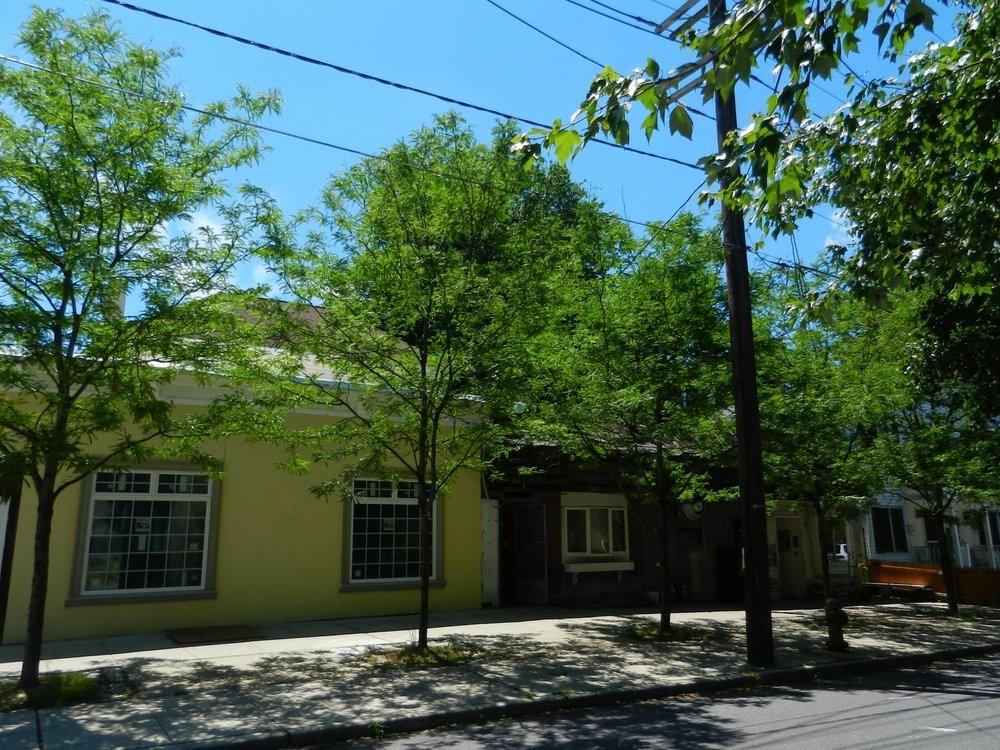
Mr. Albert Edward Hinds lived in this house, 227 John Street, with his wife, who proceeded him in death. Mr. Hinds knew everything about Princeton, and he assumed many different jobs since his childhood: shined shoes, delivered milk, drove a horse drawn taxi, helped to pave Nassau Street, worked for University professors, mentored students, served on the Princeton Planning Board and the Historical Society of Princeton and taught bridge to senior citizens. He was a life long member of the Mt. Pisgah AME Church and a friend to all.

This photograph shows Mr. Hinds in 2005, when he was 103 years old and Princeton's oldest resident. Photograph by Peter C. Cook. Mr. Hinds died in 2006 at the age of 104. The plaza next to the Princeton Public Library is named in his honor, and the gates to the entrance of the plaza were dedicated in September 2013.
This is #12 on this tour.

The membership of this branch at 28 Lytle Street is African American. It is named after Charles Robinson, a World War I soldier who was the first Princetonian to lose his life in the armed services. Before women served in the armed services, they were not able to join the Legion, but instead formed auxiliary clubs. The black and white photograph shows the Charles William Robinson Post 218 American Legion Drum and Bugle Corps, from the late 1920s or early 1930s. In the background, the Witherspoon School for Colored Children. #10 on the tour.
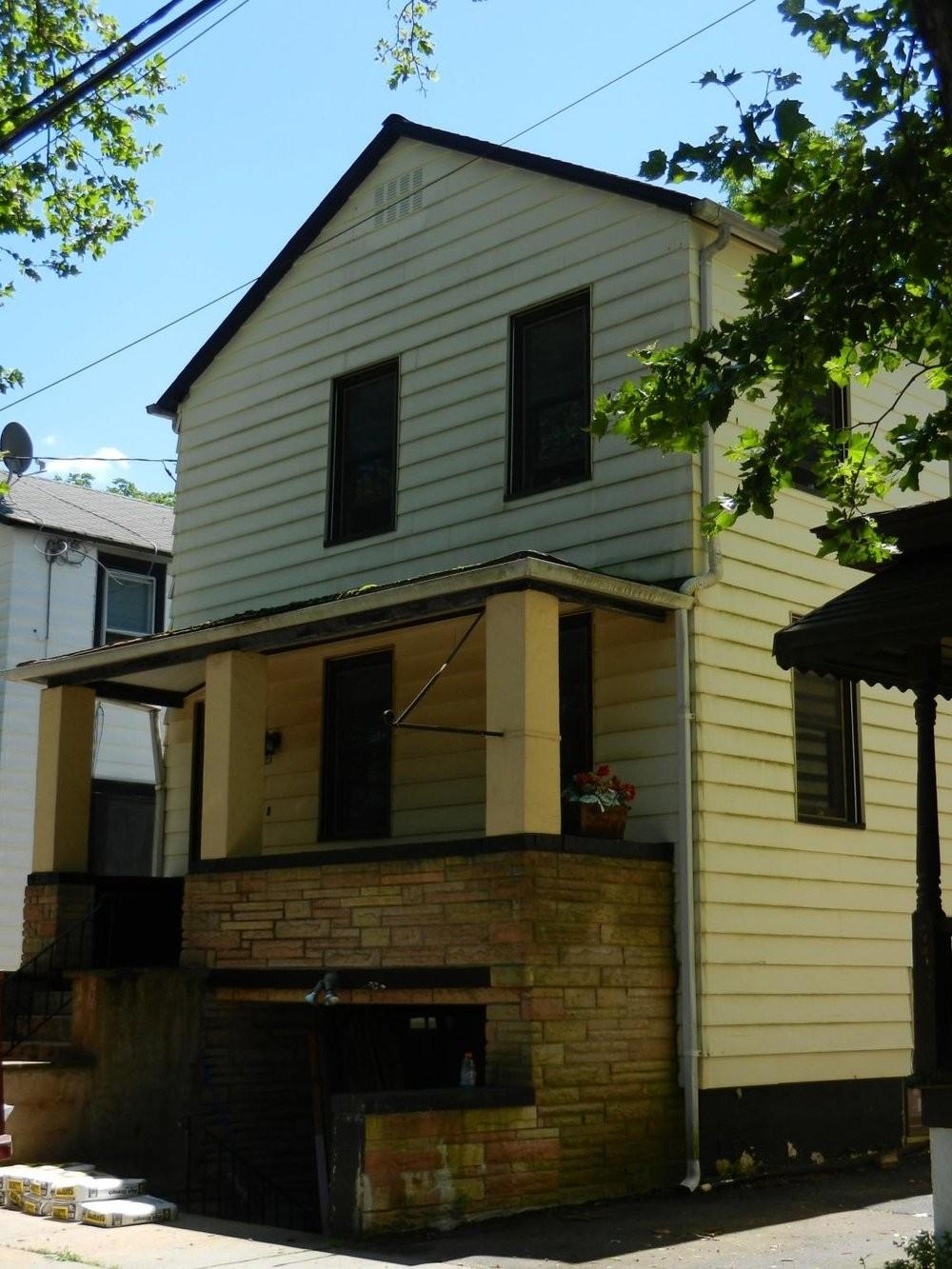
Park named after Mary B. Moss who was one of the first African American’s to receive a nursing degree. She worked at the Princeton Nursery school. #11 on the tour

These are members of the Charles Robinson American Legion post

This building located at 184 John Street was a popular club for the colored men. In fact, they were called the “Nemderloc" -- colored men spelled backwards! This club started in the 1930’s and was owned by William Teague and William Green. In 1947, an unfortunate incident happened when a disagreement caused among patrons took place. Princeton’s second Negro Policeman, Walter Harris, was called on duty, and as a result of his intervention, he was shot. Patrolman Harris is memorialized at Monument Hall located on Stockton Street.#9 on the tour


This property at 30 Maclean Street was built by the Elks Club in 1913 and later taken over by the Masons. All Black Masonic Temples are descendants of the Prince Hall organization that began in Boston. Many meetings, social affairs, dances and receptions have and continue to meet in this building. # 8 on the tour
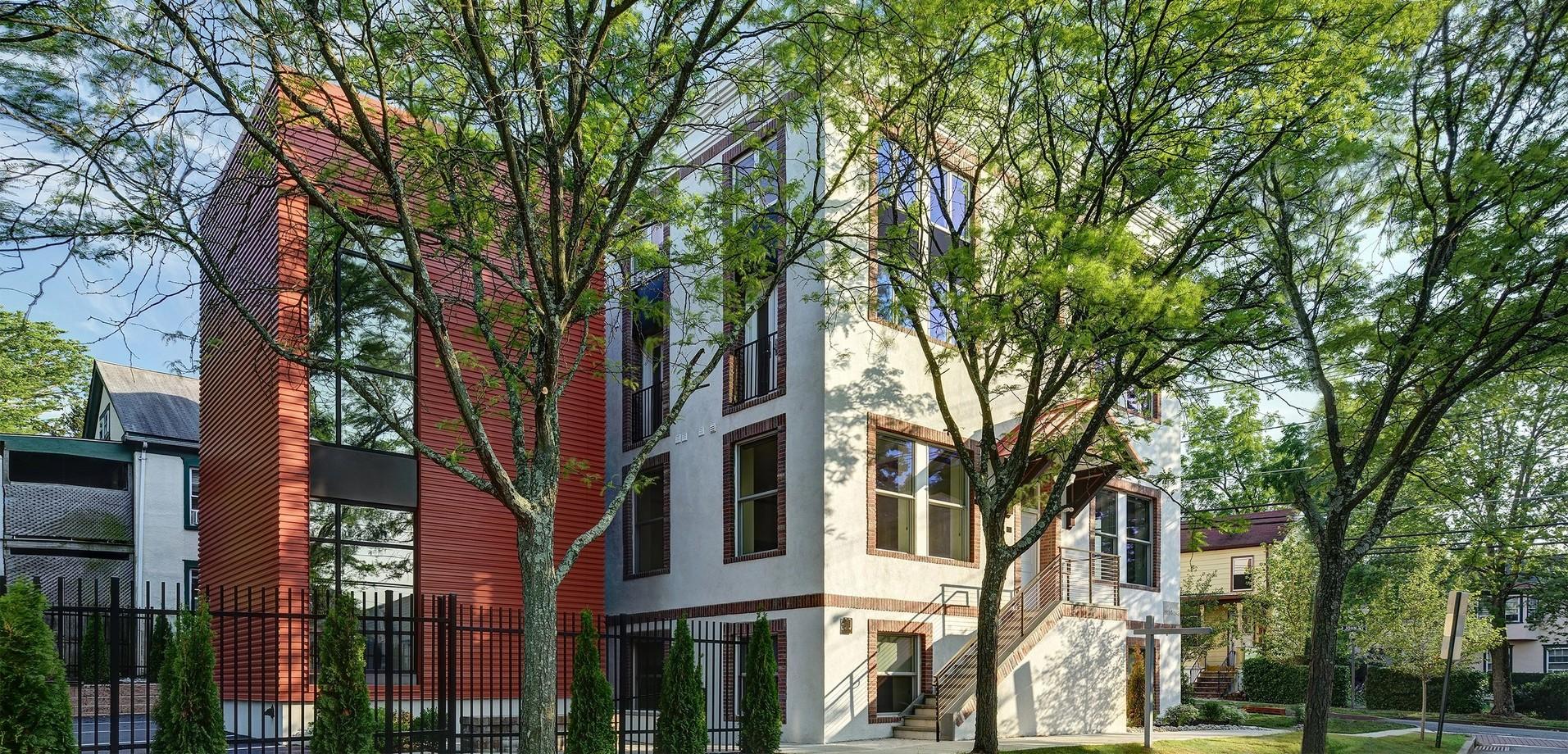
This is what 30 Maclean street looks like now. The front part of the building retained some of the original façade of the Masonic temple
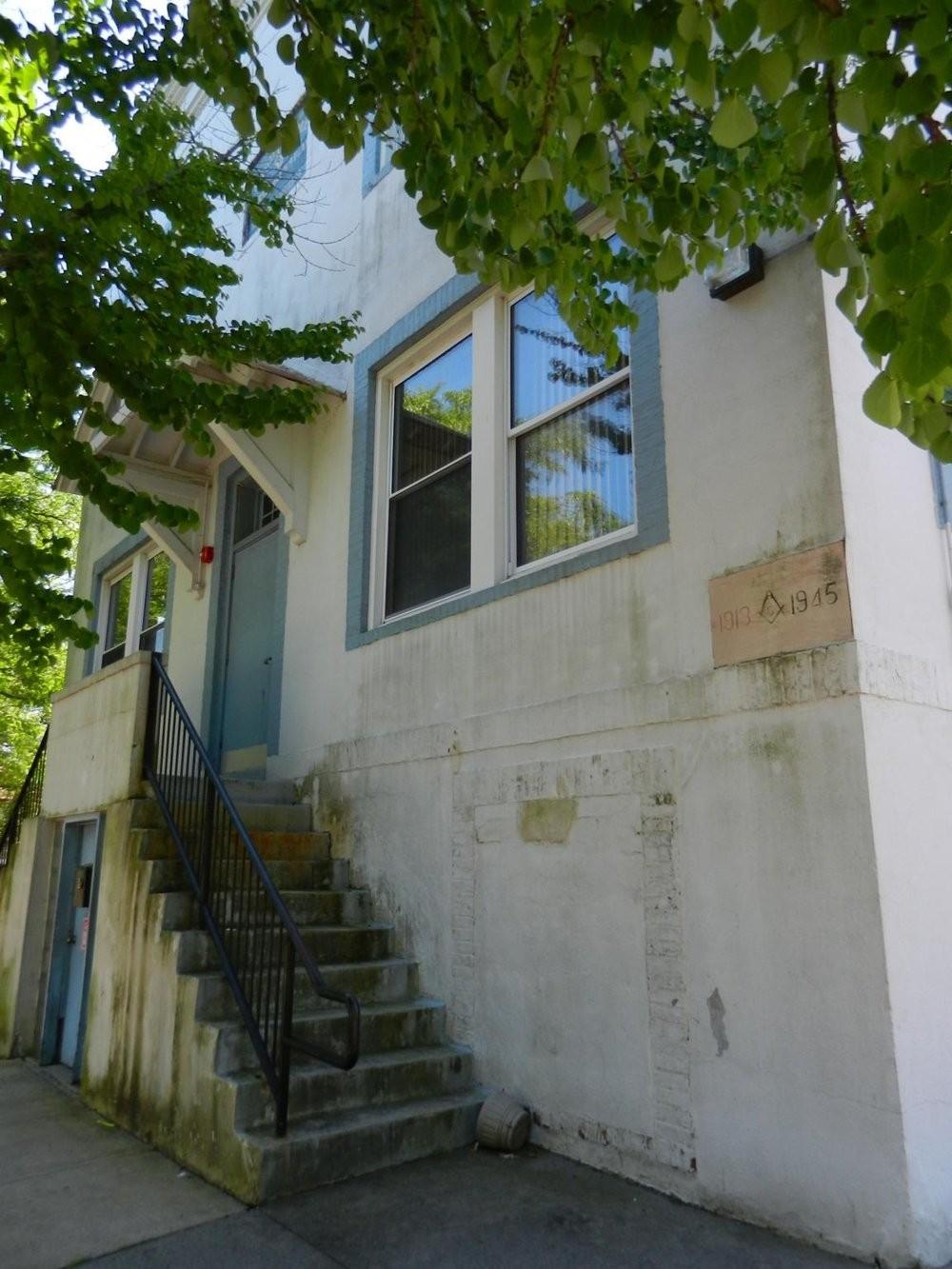

Original picture of Jimmy Mack’s barber shop. #7 on the tour

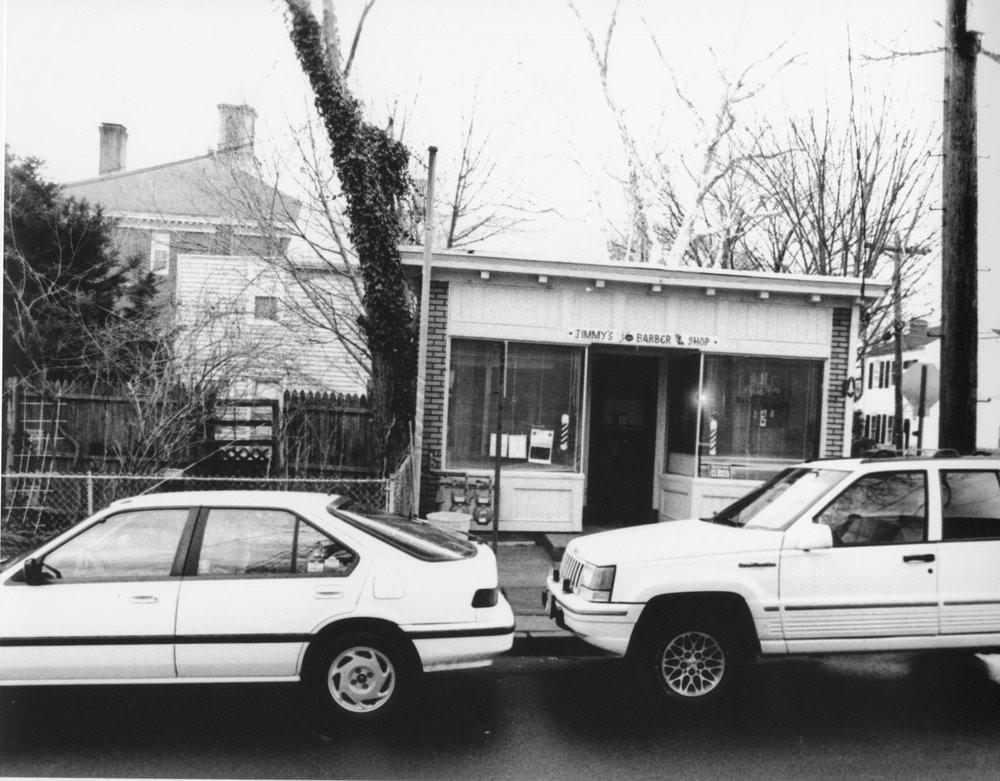
This building at 141 John Street once housed Jimmy Mack's Barber Shop. James Mack became the owner on October 18, 1961, and retired in November 2011. Before opening his own store, Mr. Mack worked for his uncle, whose barbershop was located on Witherspoon Street. Before Mr. Mack moved into this building, it was a bar, restaurant and an A&P supermarket; it was renovated for living quarters for two families and then a beauty parlor
 Picture of Jimmy Mack
Current picture
Picture of Jimmy Mack
Current picture
35 Quarry Street marks the second location for the Witherspoon Street School, relocated here in 1908. The Witherspoon Street School was the first integrated lower school under the Princeton Plan in 1948. At that time, it was designated as a middle school for all ethnic groups. It ceased to be a school in 1968, and later became a nursing home. Now called The Waxwood, it was renovated in 2002 by Hillier Architecture, and houses 34 condominiums. #6 on the tour.

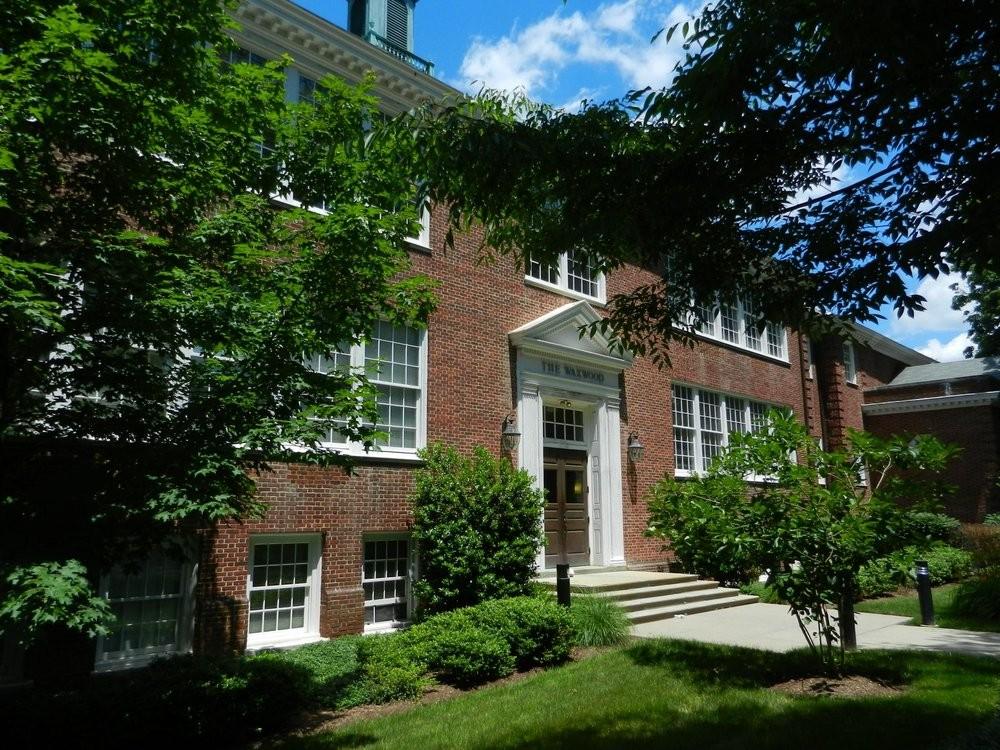
Dr. Henry Austin lived in this house at 125 John Street. He became a physician, but since he could not practice in Princeton, he moved to Trenton. Today there are Henry J. Austin Health Care Centers in Trenton. Years later, Mr. and Mrs. Robert Ball moved into this house. Mr. Ball started a small store on the side of the home in 1929. The children would leave Witherspoon School and go around the corner to Mr. Ball’s store to get penny candy, big dill pickles from the barrel, ice cream cones and many other snacks. Mr. Ball’s store served the Witherspoon-Jackson community for many years through the 1960’s. #5 on the tour.

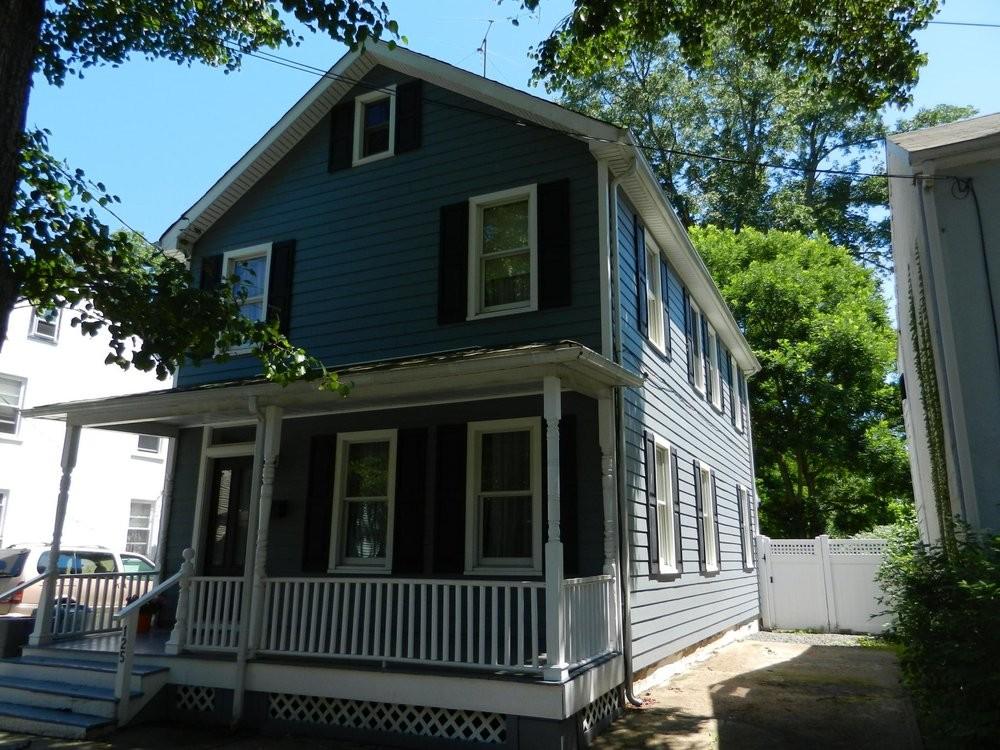
Many Italians came to Princeton as stonecutters for the buildings at the University. Like many of the colored residents, the Italians were relegated to this area of town.
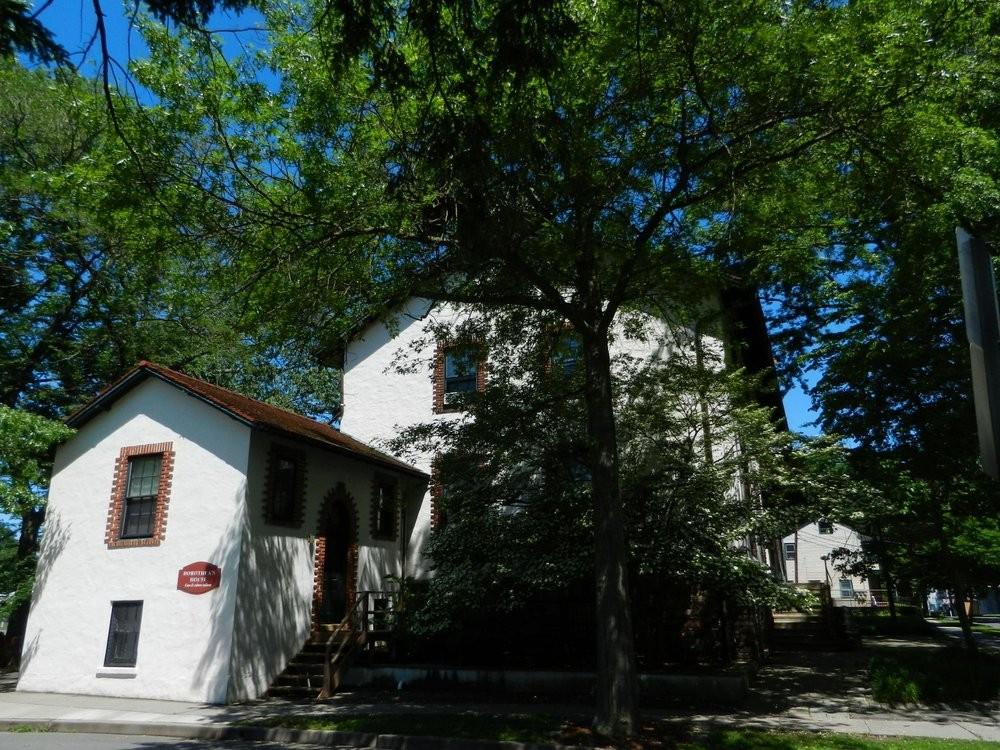
Dorothea van Dyke, daughter of Dr. Henry van Dyke, a professor at Princeton University, poet and diplomat, was keenly interested in the advancement of the Italian population, with whom she worked as a volunteer social worker. When Dorothea died giving birth to a daughter (who also did not survive), her husband, Guy Richards McLane, and her father established a non-profit association in her honor. In 1913, this two-story Italianate structure was built and named after her. #4 on the tour.

The Bright Hope Baptist Church, now located at 32 Green Street, began as a prayer group in 1880 at the home of Mr. and Mrs. Frederick Jackson, at 11 Green Street. Two years later, the congregation moved to the Pat Riley House on Witherspoon Street. The next meeting place was at the site of the Odd Fellows Hall, also on Witherspoon. Determined to build their own church, the congregation purchased a plot for $1400 with a 6-room house which they converted into a parsonage. In 1885, the cornerstone was laid for the Bright Hope Baptist Church. In 1930, the name changed to the First Baptist Church.# 3 on the tour.
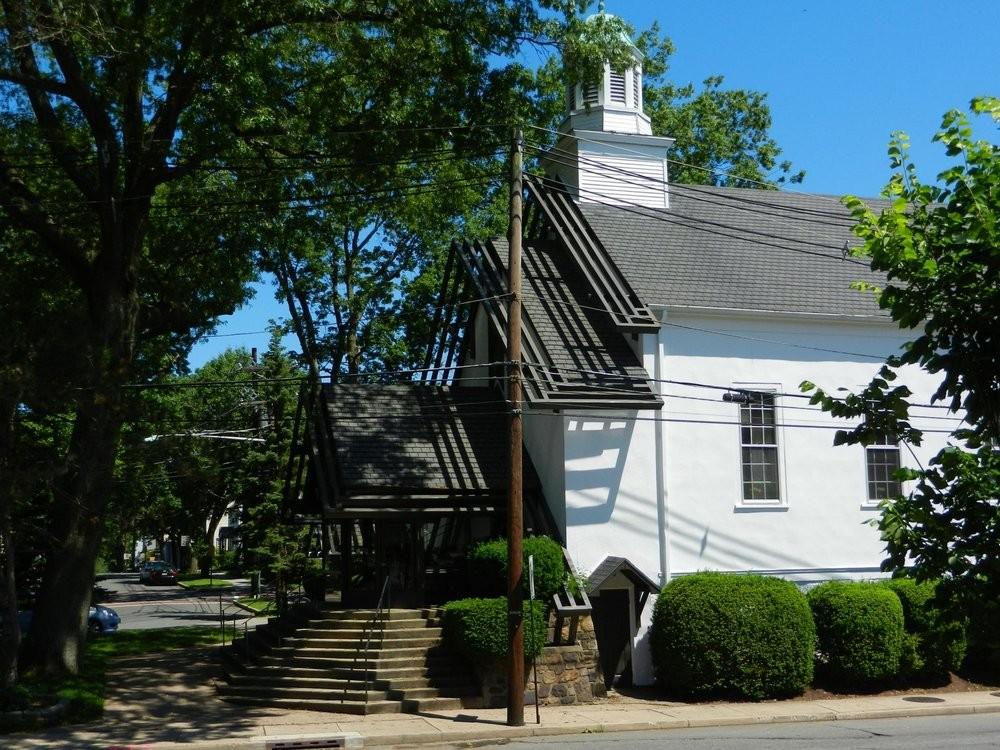

The Robeson family moved to this house when Reverend Robeson was dismissed as pastor of the Witherspoon Street Presbyterian Church. He lived in this house until 1907, then he and Paul moved to Westfield, NJ. It was in this home that Paul's mother's clothes caught on fire when she was tending to a coal stove in the parlor of the house. She died as a result of severe burns. #33 on the tour.


Born in this house in 1898 at 110 Witherspoon Street, Paul Robeson became one of Princeton's best known residents. Son of a runaway slave, the Reverend William Robeson of the Witherspoon Street Church, Robeson achieved fame as an athlete, a singer and actor, a scholar, a law school graduate and a political activist, for which he was persecuted during the McCarthy era. He eventually quit his film career because he was dissatisfied with the types of roles that were available for Black performers. He lived abroad in voluntary exile for five years, returning to the United States in 1962. In 1940, Dave Graham ran one of the earliest Black-owned barber shops in the basement of this house. It had been located at 7 Hulfish Street in 1935, and at 8 Lytle Street in 1937. #32 on the tour



Originally located here, at 114 Witherspoon Street, Gale’s was the first Black-owned dry cleaner in Princeton. The shop moved several times; the third location was where More Cafe (formerly A Place to Bead) is now, at 41 Witherspoon Street.Fannie Reeves (now wife of former Princeton mayor Jim Floyd) was among the young people who worked in the shop. Gale was an active member of the Witherspoon Street Presbyterian Church. #31 on the tour
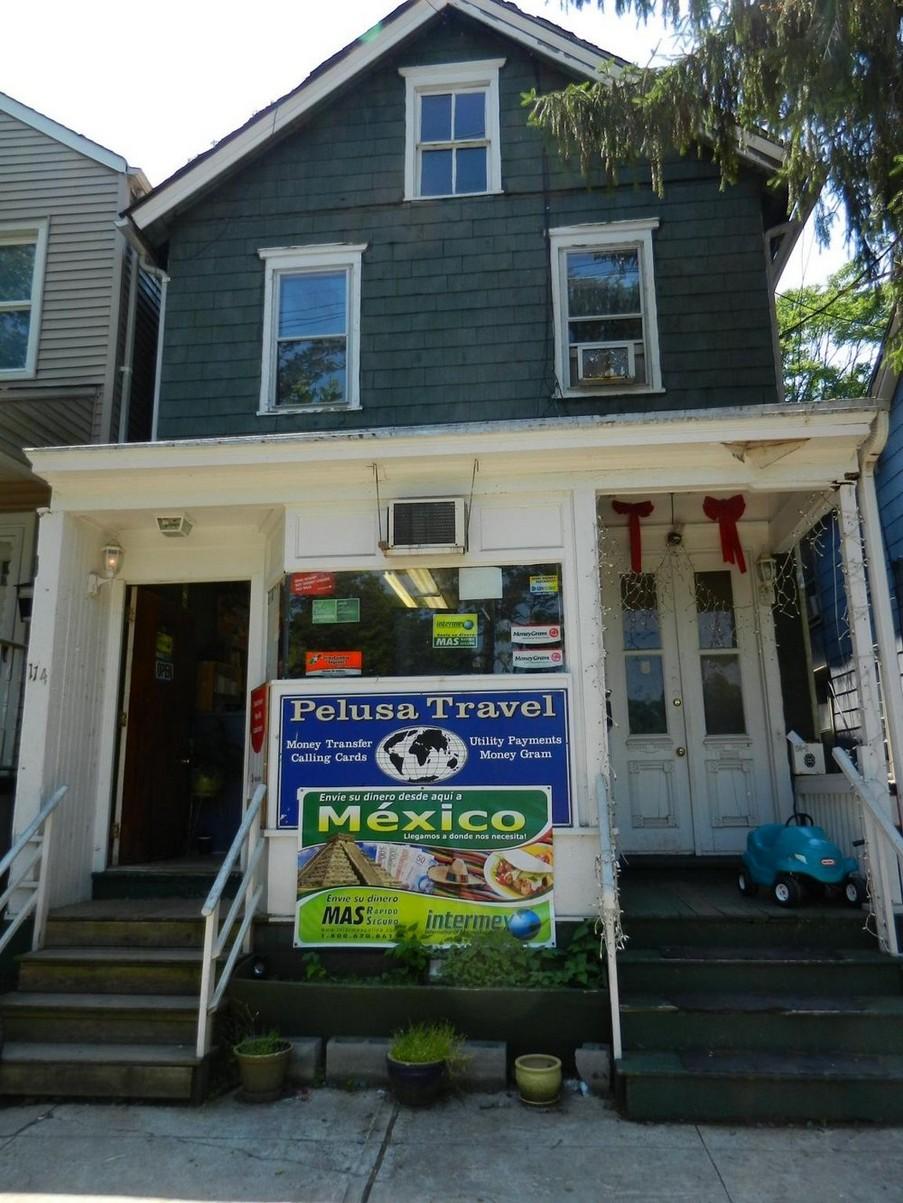
The Witherspoon Street Church at Number 124 is known for the role it has played in working towards social justice. Dating back to 1840, church leaders and members spoke out against slavery, assisted with the Underground Railroad, and later were active in the Civil Rights Movement. The church’s greatest achiever was Rev. Benjamin Anderson, who led the effort to build Princeton's first integrated housing development in the 1950s. Anderson also helped area restaurant and hotel workers to unionize. Today the church’s members remain committed to important social issues. Rev. William Robeson was paster of this church. #30 on the tour


The YMCA at 102 Witherspoon Street served as a recreational club for youths and young adults. Originally informally maintained in private homes, the YMCA and the YWCA met briefly at other locations, like the Odd Fellows Hall, before becoming branches of the national YMCA in 1917 and moving to this residence. Activities included Summer Vacation Bible School, sports, recreation programs, education trips, and “wholesome activities under Christian supervision.” In addition to churches, the Y was a focal point of the Black community until the 1950s when a new building was built on Avalon Place and the Y became integrated. This building, which now houses the Arts Council of Princeton, was built in 1938-39, replacing the original Y building which was destroyed in a fire.


The football team photograph was taken in front of the Witherspoon School on the corner of Witherspoon and Maclean Streets. Back row: Eddie Moore; Professor Thompson, the principal of the Witherspoon School; Hannibal James; Tom ”Dewey” Moore, Sr. Third row: unidentified; Irv Scudder; unidentified; Howard Garreston; Charlie Redding; Travis Ellis. Second row: John Richmond; Fred Hoagland, Jr.; Ben Robeson, holding the ball; William Gales; and Willie Mitchell. #34 on the tour

At the corner of Paul Robeson Place and Witherspoon Street is now the Paul Robeson Center of the Arts, part of the Arts Council of Princeton. The plaque in front of the building is dedicated to Paul Robeson. It reads, "A tribute to the worldrenowned athlete, actor, singer and scholar.” Jackson Street was demolished in the late 1950s and rebuilt at a different location as Avalon Place. However, until the 1970s the African American residential area was still known as Witherspoon-Jackson, referring to the streets which once formed the boundaries of the community. After the death of Robeson in 1976, Avalon Place was renamed Paul Robeson Place. #35 on the tour


This was the location of Mrs. Virginia Mills’ Beauty Salon. Mrs. Mills was born in 1901 on Cemetery Street in Princeton and died in 1989. She opened her beauty salon in 1931. During the years in which she practiced here, the building was owned by Flory and Lucy Toto, which had purchased the property in 1924 from Mary E. Murray. When she retired in 1976, after 45 years, 300 people attended her retirement party. Her husband was Lieutenant Cornel Berkley Mills, who was the first Colored postman in Princeton. Flory Toto died intestate in 1966, and his wife Lucy died in 1972, leaving the property to their son Albert Toto, who died in 1974. The property was then owned by the family business Toto Enterprises until 1997 when it was sold to CRX Associates. #36 on the tour.

58-60 marks the site of Griggs’ Imperial Restaurant which Burnett Griggs ran for 42 years until his retirement at age 83. During “urban renewal,” Griggs was offered $109,000, but claimed he would not sell his property for a million dollars because he saved every penny to purchase the land. #37 on the tour.

Griggs’ Imperial Restaurant, which closed in 1962, was located at 58-60 Witherspoon Street. Owner Burnett Griggs moved to Princeton from Massachusetts in 1909; after working for several years at the University’s Campus Club (and serving for a year in WWI), he purchased the corner property for the restaurant and the house next door for a total of $9,500.
Opening on August 1, 1920, Griggs’ establishment was known for its quality food, fair prices and welcoming atmosphere; unlike segregated restaurants that existed in town at that time, everyone was served. In 1940 and 1941, it was listed “The Green Book,” Victor Green’s travel guide for Black motorists. This advertisement, from the Princeton Business Directory, 1927-28, is from the Collections of the Historical Society of Princeton.
During Princeton’s urban renewal, Griggs refused to be bought out by the town. He sued the Borough of Princeton after it designated the area as "blight;" the case went to the NJ Supreme Court and was decided in Griggs’ favor. Shortly after, Griggs closed the restaurant, razed both properties, and leased out the land to a gas station, known as Griggs’ Corner Amoco (pictured). A municipal parking lot occupies the corner today.

Griggs’ Imperial Restaurant, which closed in 1962, was located at 58-60 Witherspoon Street. Owner Burnett Griggs moved to Princeton from Massachusetts in 1909; after working for several years at the University’s Campus Club (and serving for a year in WWI), he purchased the corner property for the restaurant and the house next door for a total of $9,500.
Opening on August 1, 1920, Griggs’ establishment was known for its quality food, fair prices and welcoming atmosphere; unlike segregated restaurants that existed in town at that time, everyone was served. In 1940 and 1941, it was listed “The Green Book,” Victor Green’s travel guide for Black motorists. This advertisement, from the Princeton Business Directory, 1927-28, is from the Collections of the Historical Society of Princeton.
During Princeton’s urban renewal, Griggs refused to be bought out by the town. He sued the Borough of Princeton after it designated the area as "blight;" the case went to the NJ Supreme Court and was decided in Griggs’ favor. Shortly after, Griggs closed the restaurant, razed both properties, and leased out the land to a gas station, known as Griggs’ Corner Amoco (pictured). A municipal parking lot occupies the corner

This was the site where ”The Citizen: newspaper was published. #40 on the tour
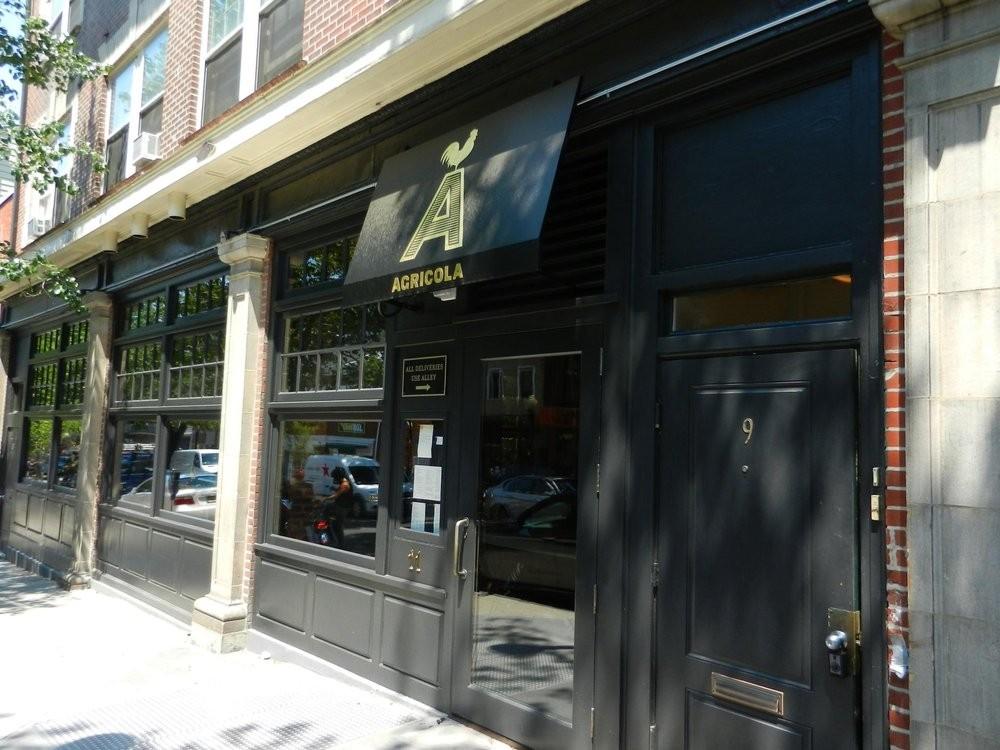

Ceasar Trent was the first Black property owner in Princeton, ca. 1795. His residence was at the site of the present day Bank of America, 90 Nassau Street. #1 on the tour
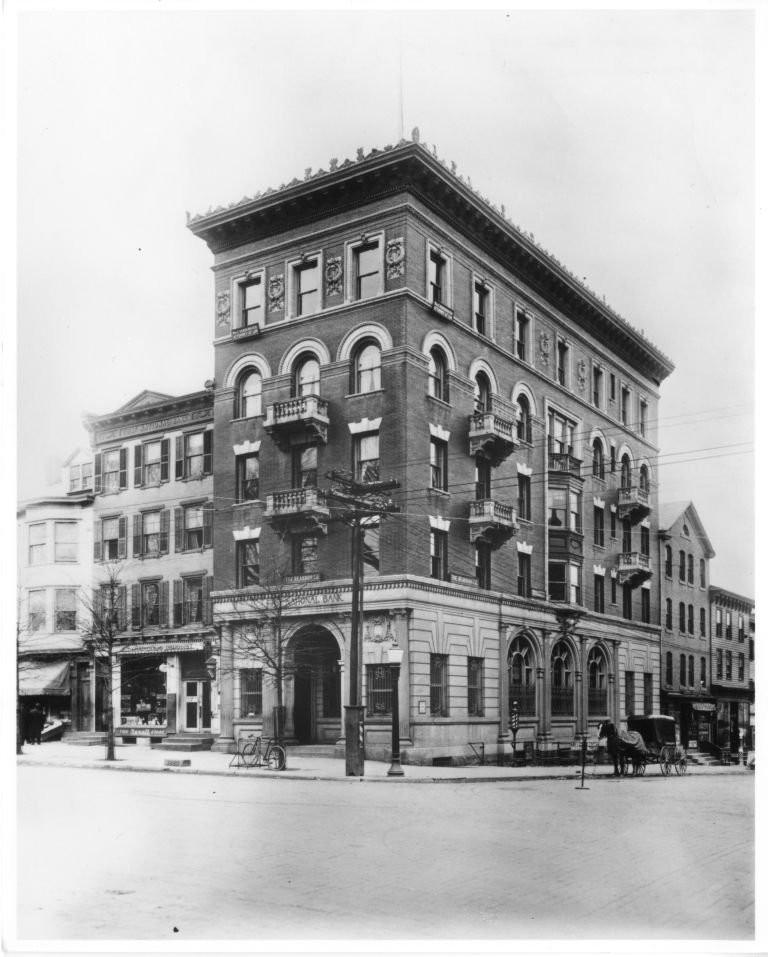

Caesar Trent (also spelled “Cezar”), perhaps the most well-known Black resident of Princeton, New Jersey, at the beginning of the 1800s, voted in an election held in Montgomery Township, Somerset County, in October 1801. Little is known about Trent’s early life, but it is possible that he was born in Africa, as one contemporary described him as “a native of Africa.” It is difficult to determine whether that description means he was born in Africa or if it is another way of saying that he was Black. Trent’s name and the descriptor “negro” appear on a Somerset County tax list from 1789, the earliest known reference to Trent in county tax records. His name consistently appeared on tax records into the first decade of the 1800s. According to the 1797 tax list for the Western Precinct (later known as Montgomery Township) of Somerset County, Trent owned a small parcel of land and some livestock. He was likely engaged in farming and was also paid for various work by fellow Princeton residents.

Caesar Trent’s story is a surprising and complicated one in the history of Princeton. That is due to the fact that Trent owned at least one enslaved person and participated in the sale of another enslaved person. According to an advertisement placed in the New Jersey State Gazette and published on January 23, 1793, “an indented BLACK MAN named WILL” who had “lately belonged to Caesar Trent, a negro in Princeton” ran away from Edward Dunant of Philadelphia. Two years later, Trent placed an advertisement for the sale of a different, unnamed enslaved man in the New Jersey State Gazette. It is unclear if Trent owned the enslaved man, or if he was advertising the sale on behalf of someone else.

Caesar Trent was also known in Princeton for delivering orations to residents on Independence Day. According to one contemporary writing in 1804, “he was often decorate with an old cocked hat an a continental coat, and after assisting them in firing the cannon, he was in the habit of using it as a temporary stage, on which he would deliver an Angle-African speech, much to the amusement of his audience.” It is unknown why Trent delivered these orations and it is unknown if he actually served in the Continental Army during the Revolutionary War. This anecdote, like his participation in the practice of slavery, brings into question how Trent positioned himself and how others saw him in relation to fellow people of African descent and to white people in his community. His actions could be perceived as purposely perpetuating racial stereotypes and inequality.

Caesar Trent died in 1813. During the last decade of his life, Trent owned a house on the main street (now Nassau Street) in Princeton and owned land in nearby Maidenhead (now Lawrenceville). In 1808, Trent was found guilty in a Somerset County court for receiving stolen goods. Little is known about the circumstances of Trent’s supposed crime, but he was imprisoned for one year at the state penitentiary in Trenton. In his will, Caesar Trent, described as “a free black man,” left his wife Caty their household goods and ordered that his land in Maidenhead be sold to pay his debts. The remaining money from that land sale would go to his wife and to his friend Peter, “a free black man” who had been a servant to a local man. The sum of $40 was also set aside for a woman named Jude, a servant (it is unclear if she was enslaved or free) to Ralph Sansbery. Caty Trent and Peter were to share Trent’s house in Princeton. Caesar Trent’s estate was valued at $110.45. His burial location is unknown.


In 1937, the commercial development of Palmer Square called for demolition of much of the historic Black neighborhood and the relocation of its residents. Running parallel to Witherspoon, Baker Street (residential road) and Nassau Place (a service road for horses and carriages) were eliminated when the square was built. # 2 on the tour


What is also important to note is that it makes sense that the neighborhood where Blacks lived was so close to Princeton University was because the formally enslaved and servants had to walk. The area that is now Palmer’s square when it was redeveloped , those displaced residents (African Americans) were moved to the Rainbow house (#15 on the tour) on Birch street which were rebuilt for the families displaced from the earliest form of gentrification.

Last stop on the tour- Not a part of the Albert Hinds walking tour, but certainly an important part to the establishment of the Black community in Princeton is the Maclean House on Princeton’s Campus. This was where the first president’s of the university lived. Eight of the ten presidents that lived here owned slaves. Nine were slave holders. And slave auctions took place on campus from this location. It is believed that President Ashfel Green was the father of Betsey Stockton, an enslaved woman who became a missionary in the Presbyterian church.

